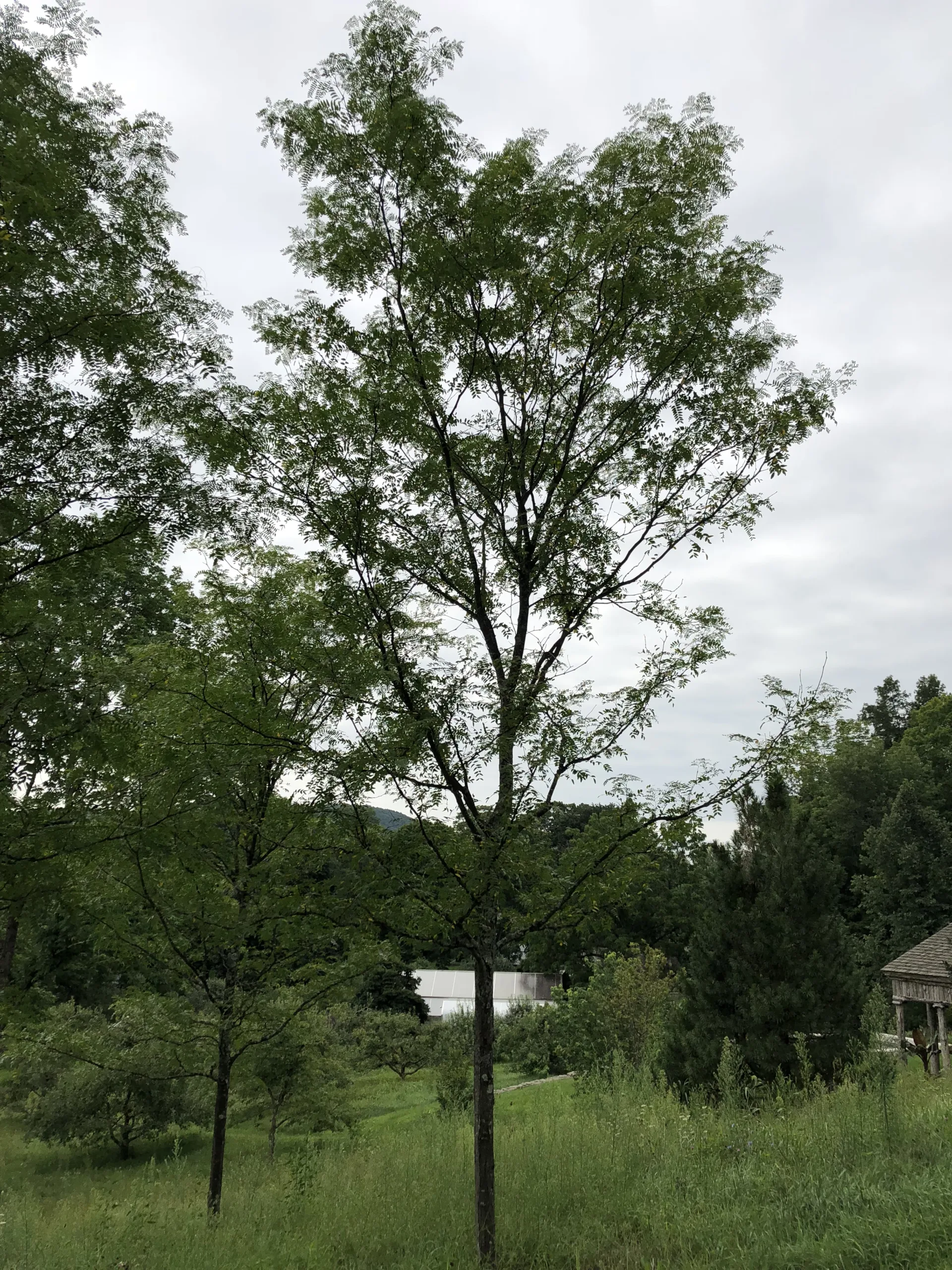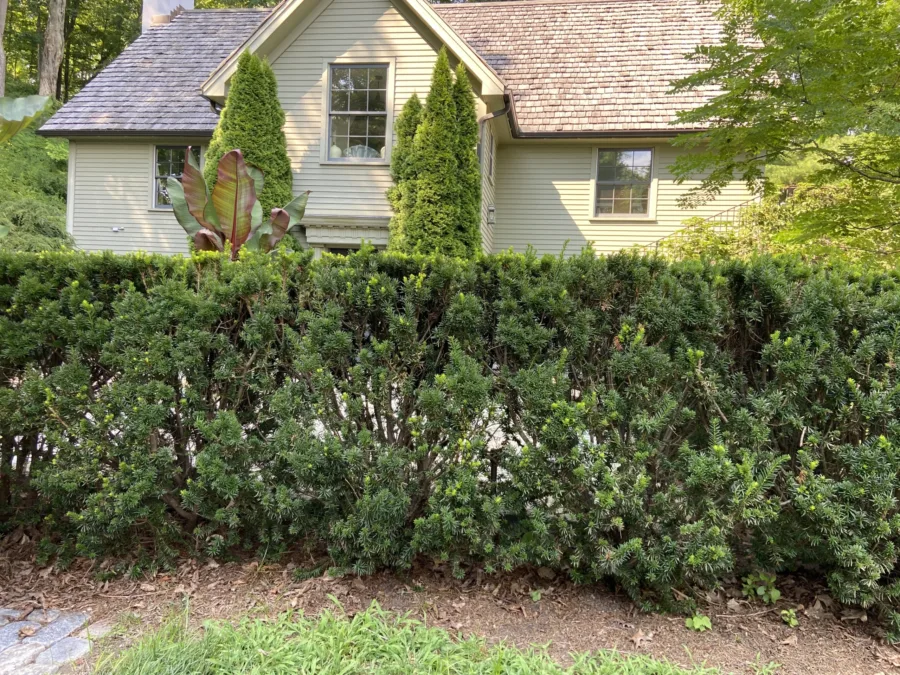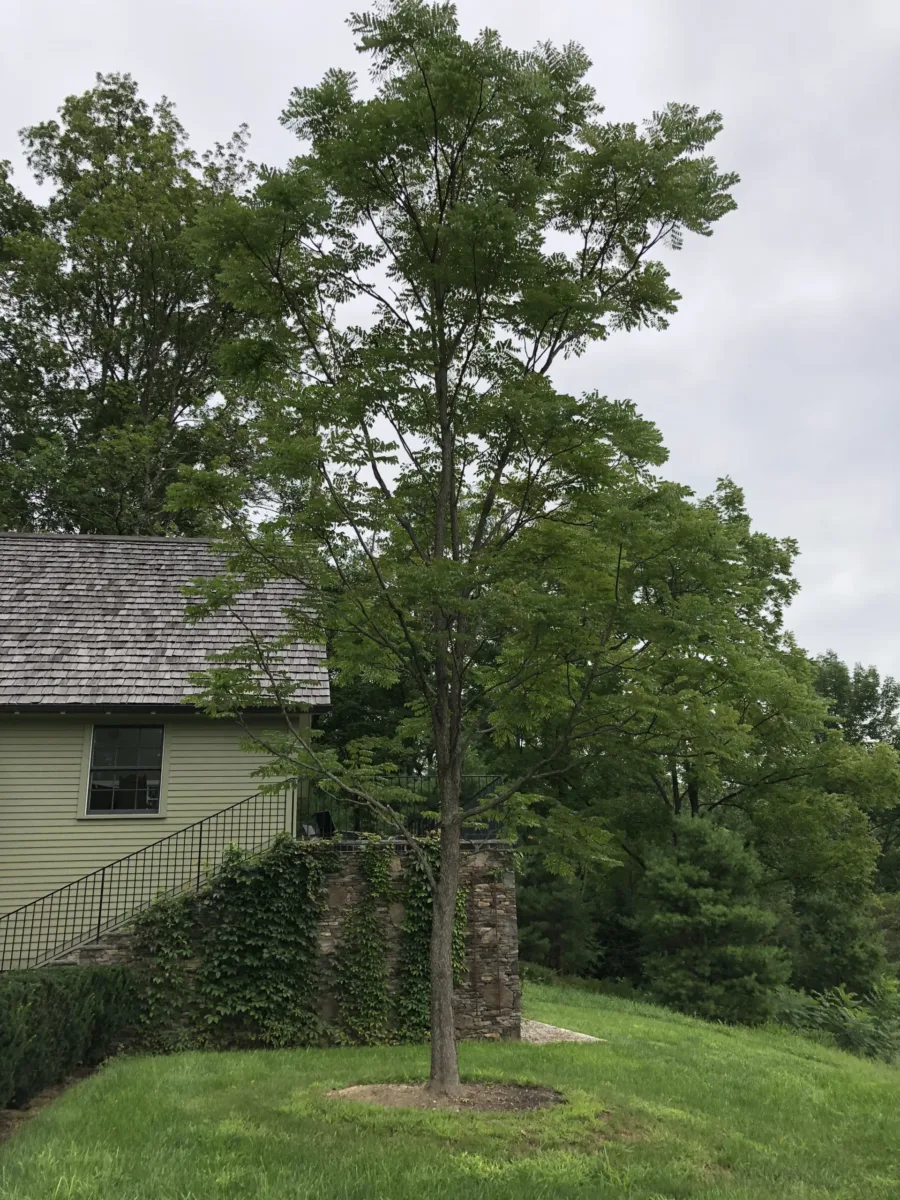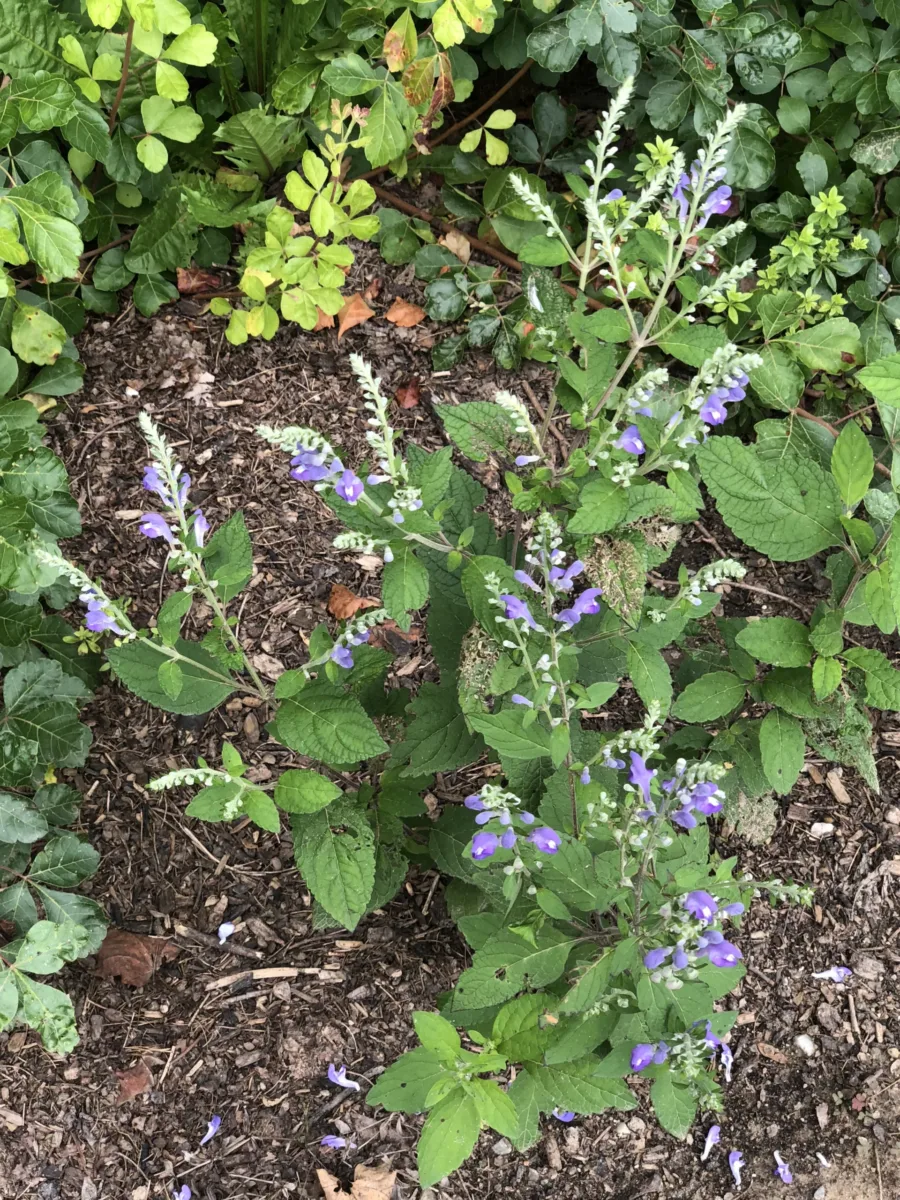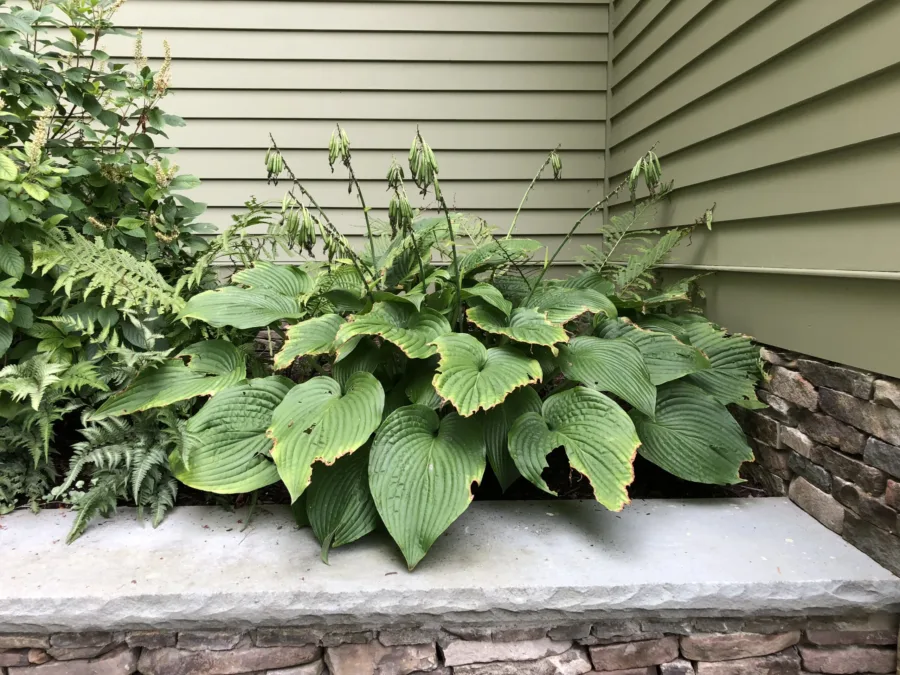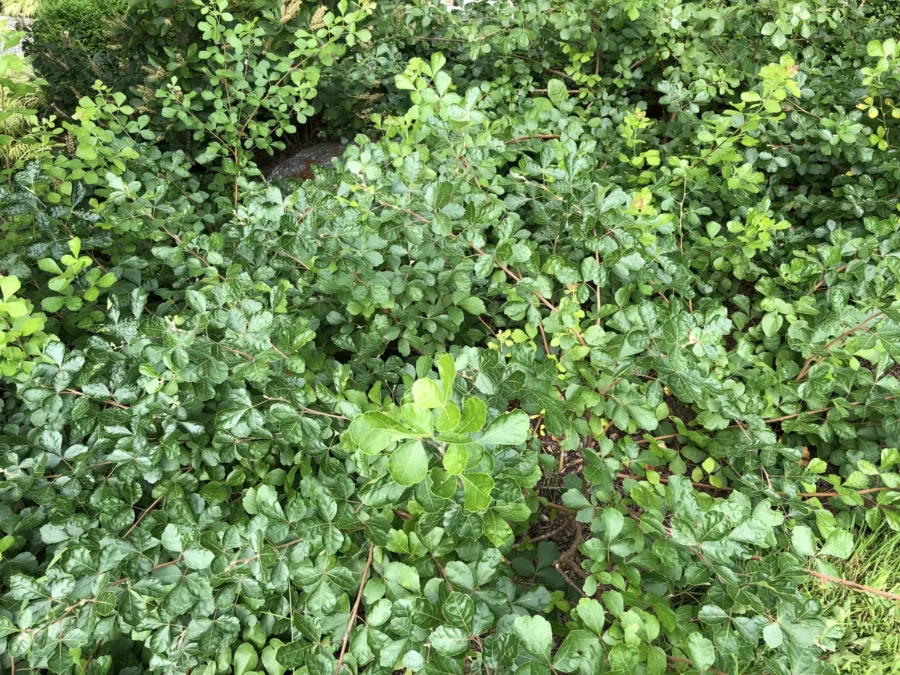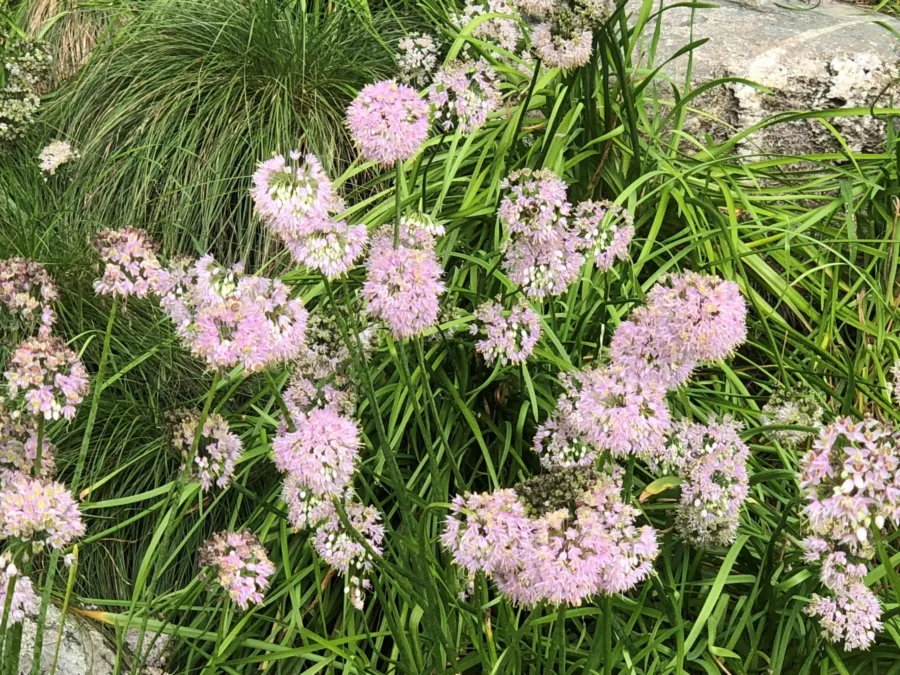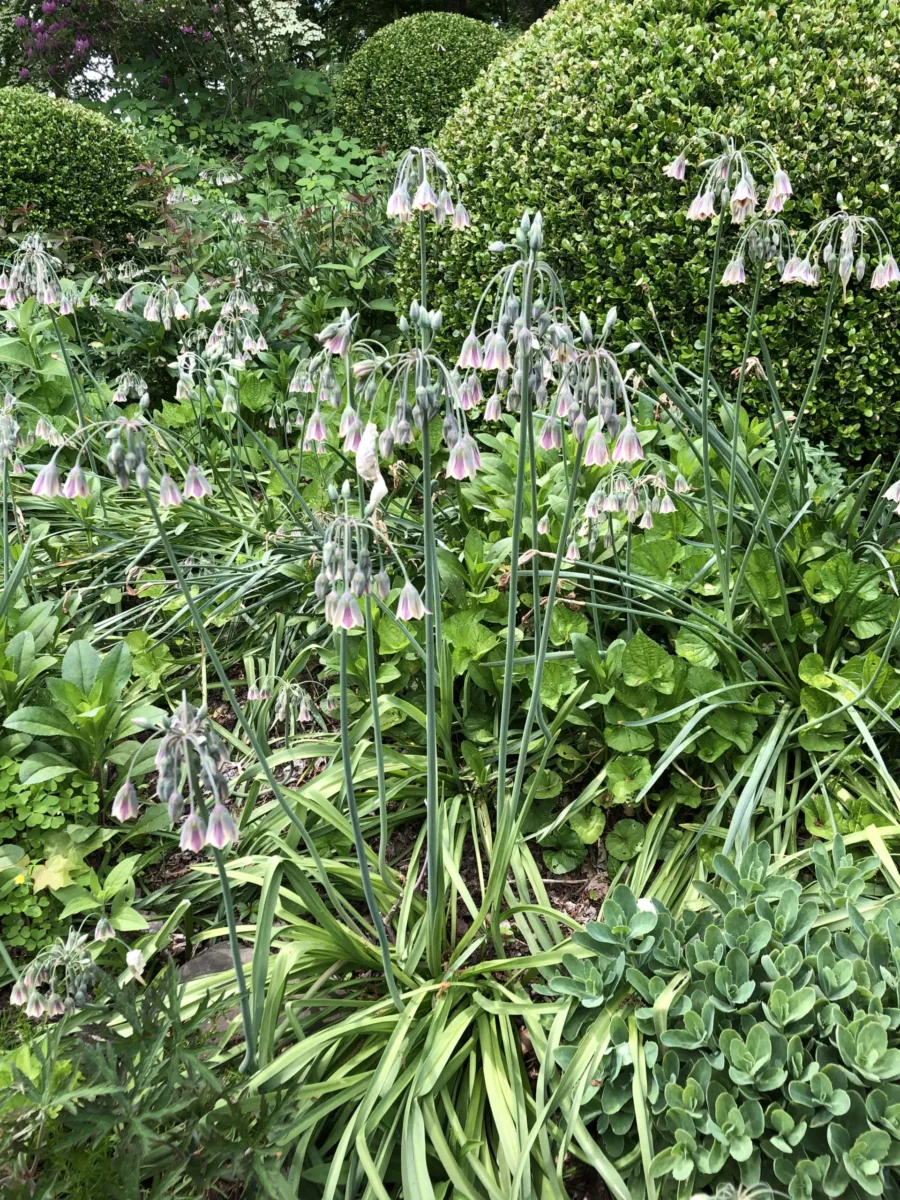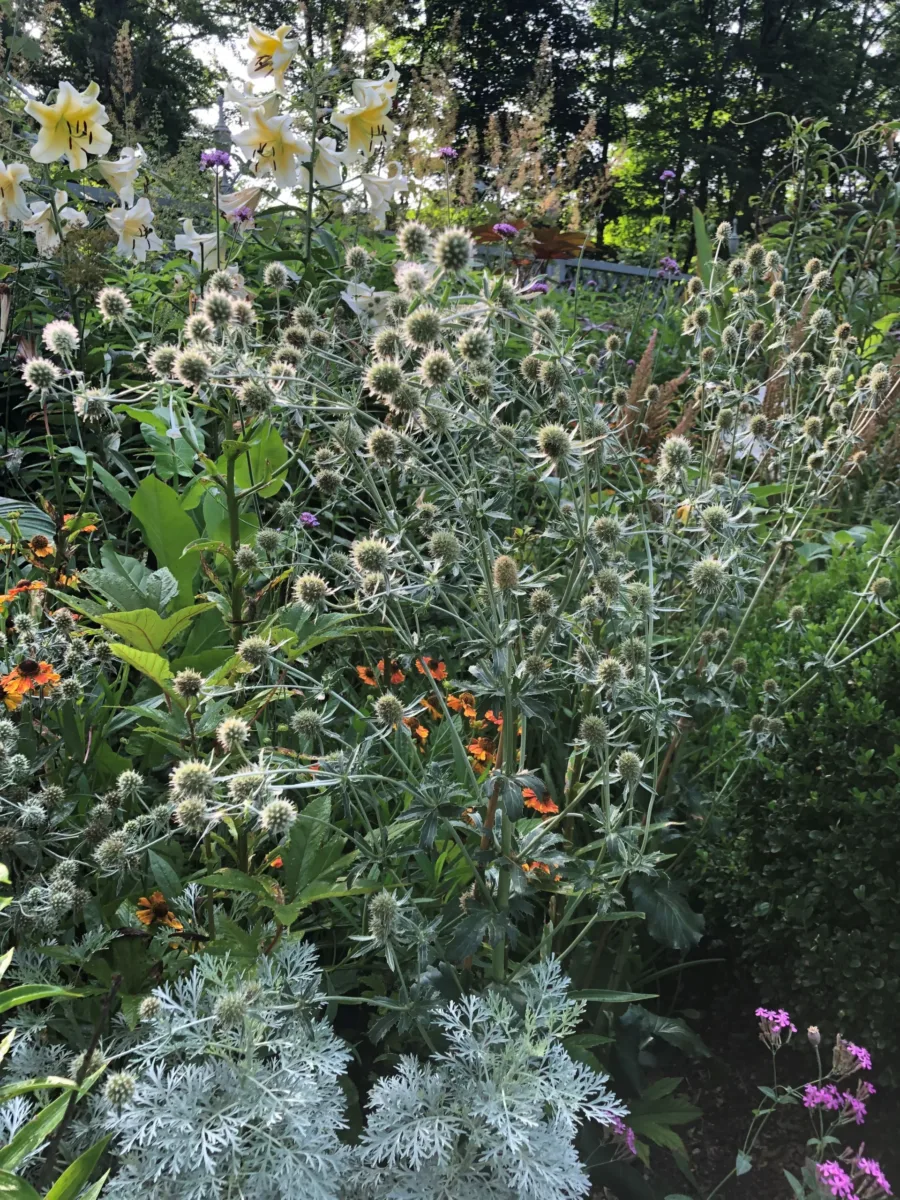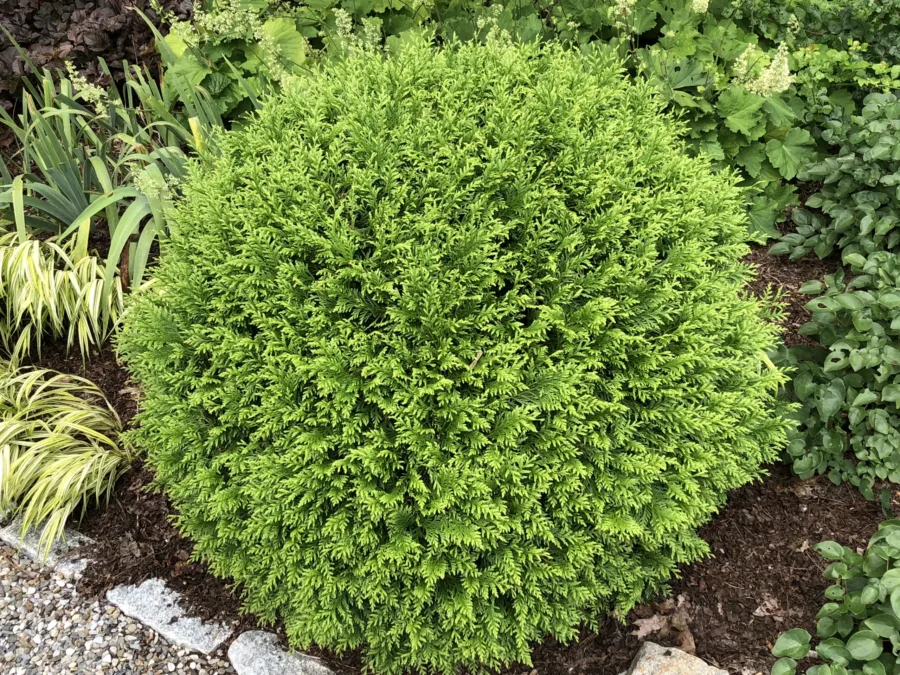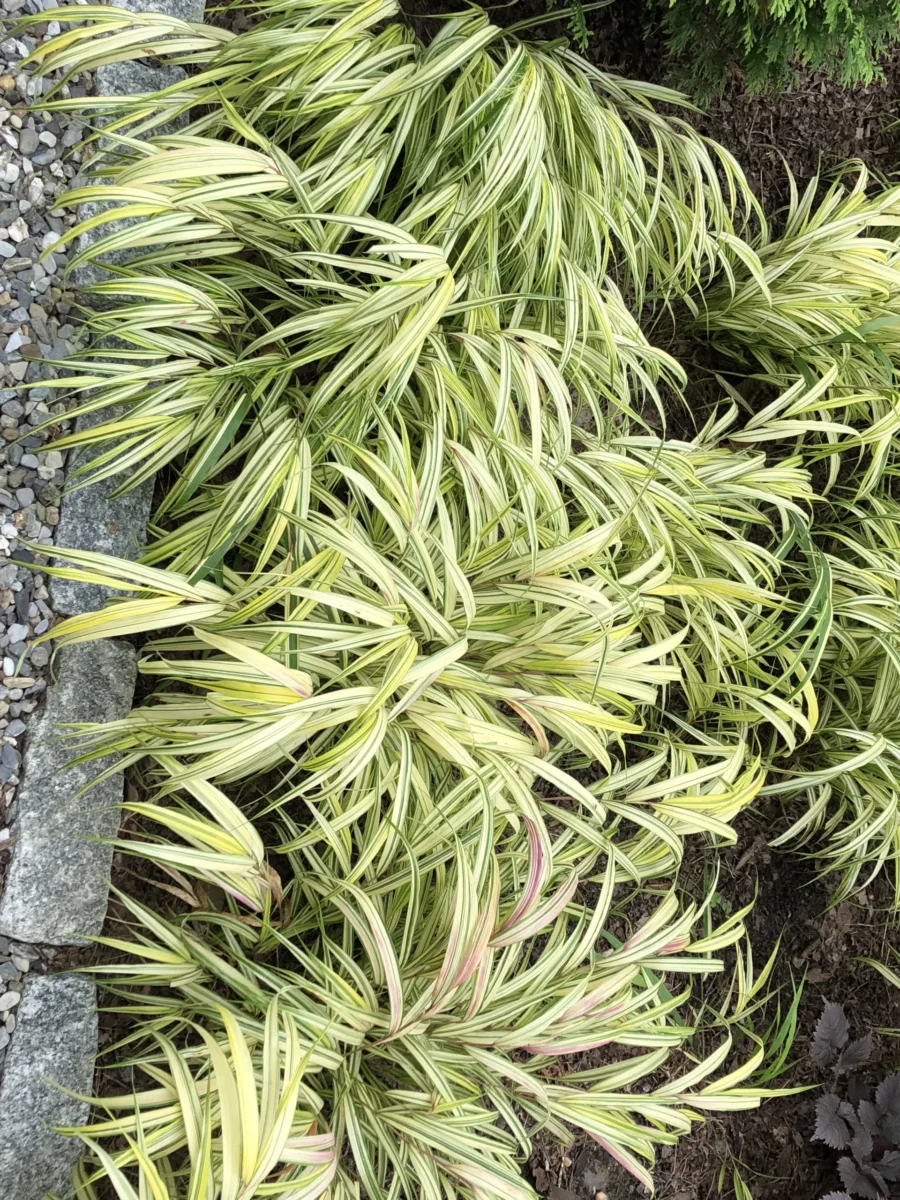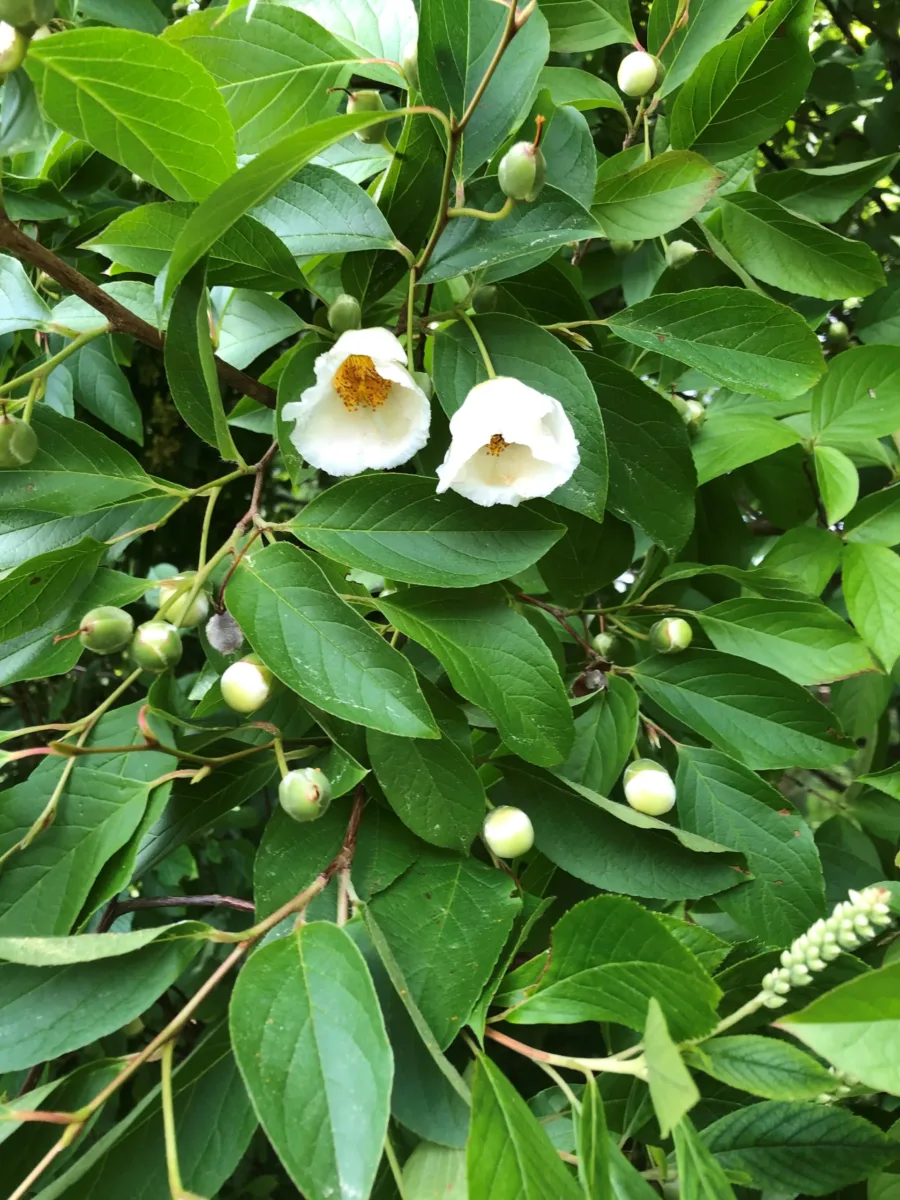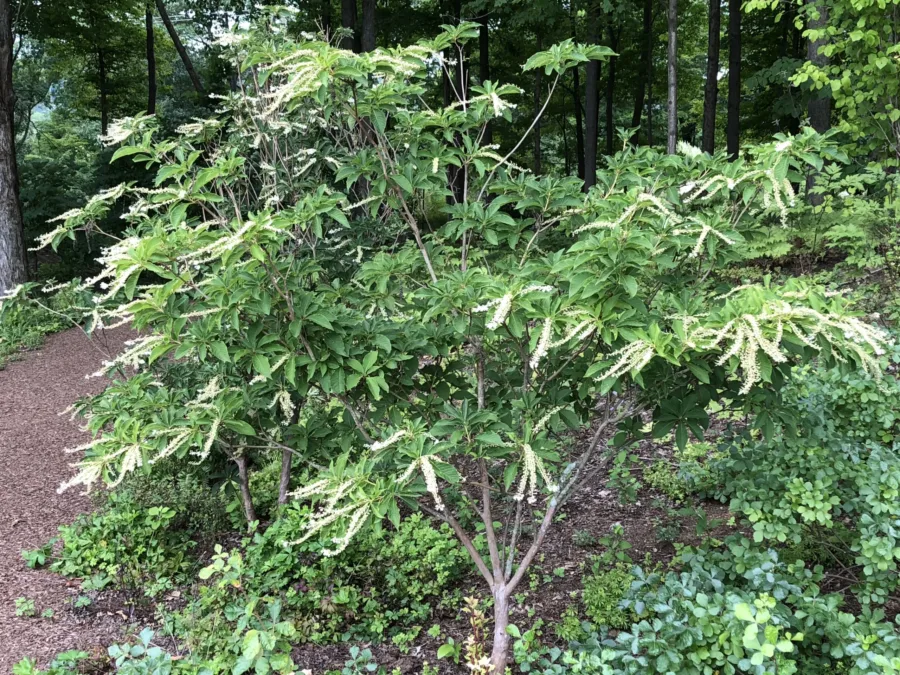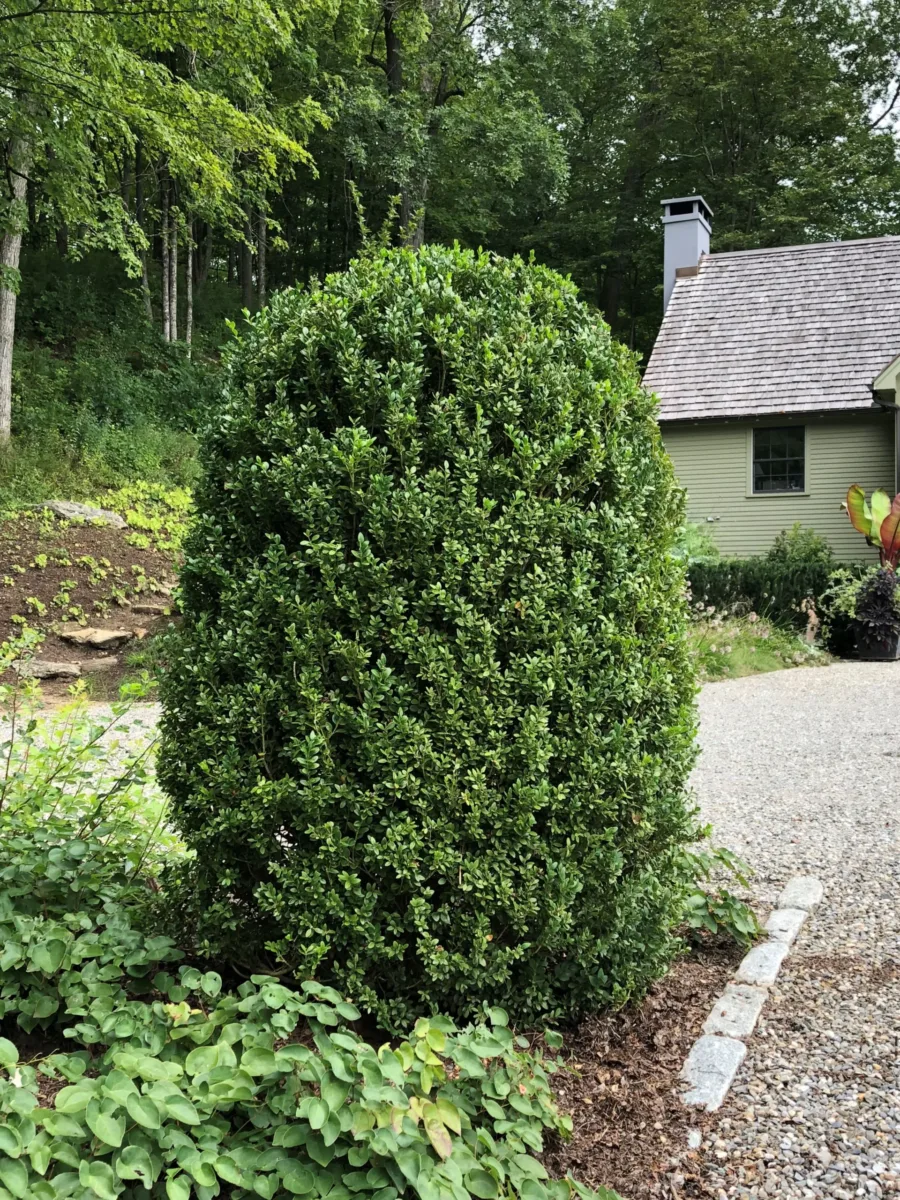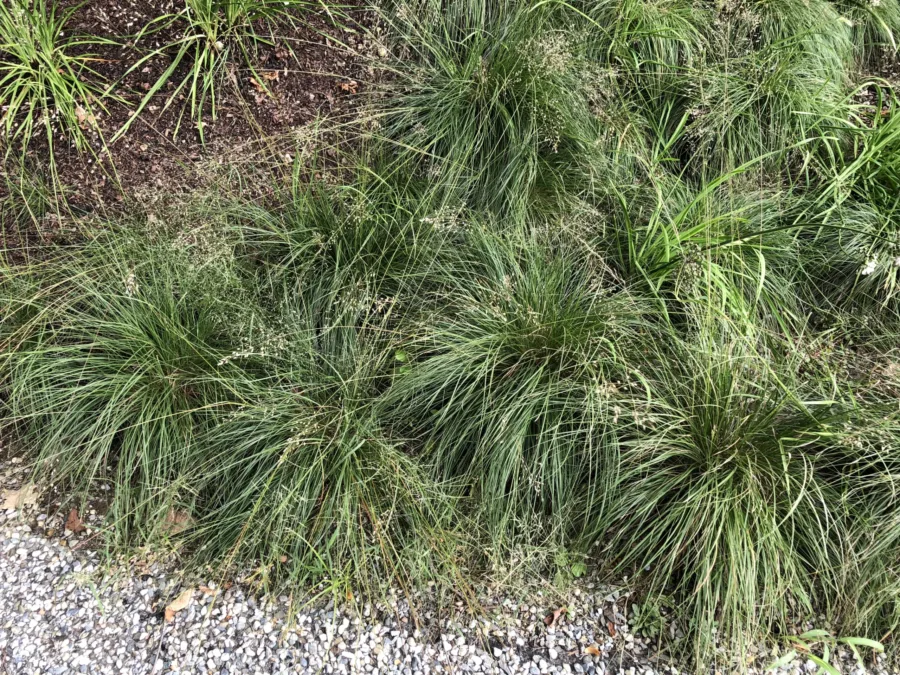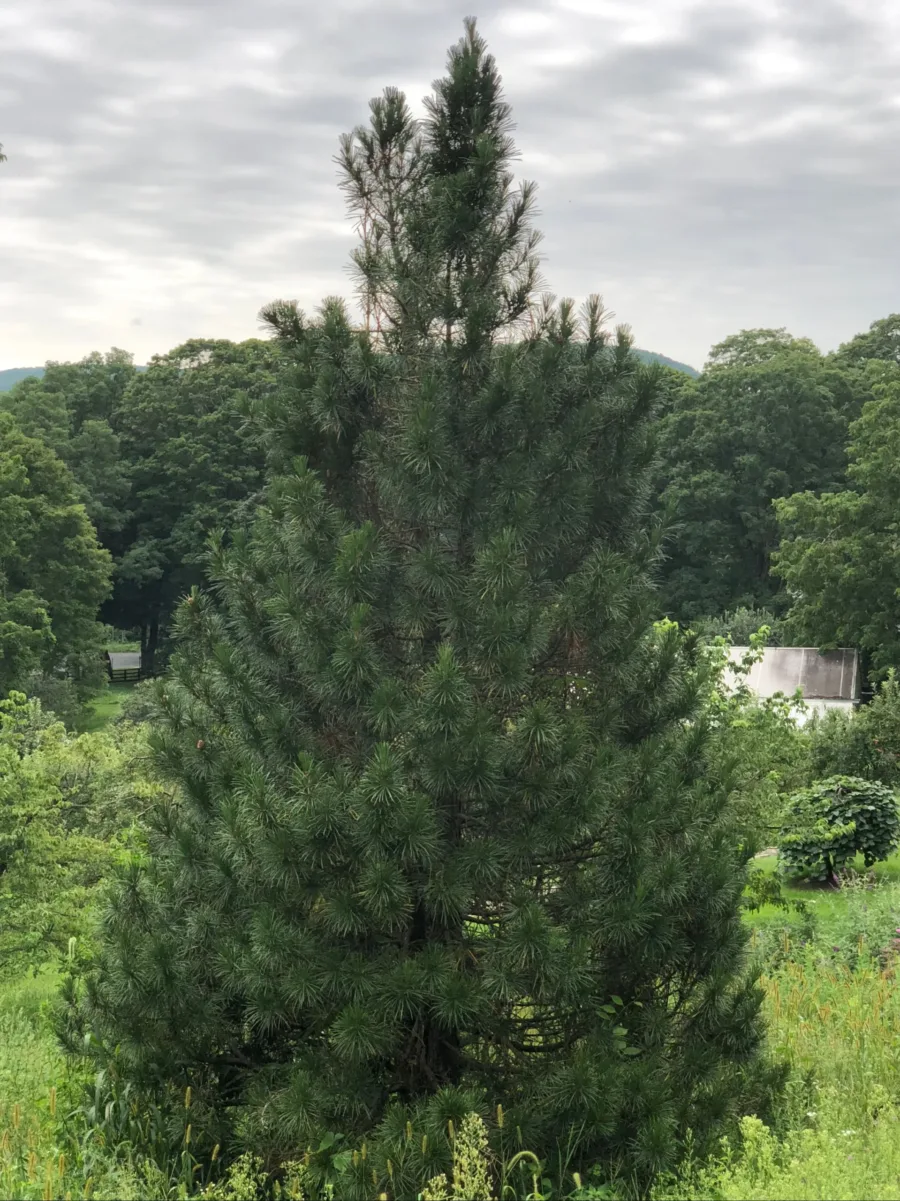Family
Fabaceae
Description
Honey locust (Gleditsia triacanthos) is widely planted as a street and shade tree, especially in thornless, podless cultivars such as Gleditsia triacanthos var. inermis ‘Shademaster’. It exhibits rapid growth and tolerates a wide range of soils, pH levels, and urban stressors. Hardy in USDA Zones 3–9, it is valued for its adaptability and the dappled shade produced by its finely divided foliage. As a native species, Gleditsia triacanthos supports native insect life, including bees and moth larvae. However, the extensive use of a narrow range of horticultural cultivars has raised concerns about reduced genetic diversity and increased vulnerability to pests and diseases such as mimosa webworm and canker pathogens.
Native from Pennsylvania west to Nebraska and south to the Gulf Coast, G. triacanthos naturally occurs in floodplains, woodland edges, and open prairies. In Connecticut, it is native to warmer, low-elevation areas. Due to widespread cultivation, the species has naturalized well beyond its historical range, particularly in urban and disturbed sites across the northeastern and northwestern United States.
Bloom Time
May to June

